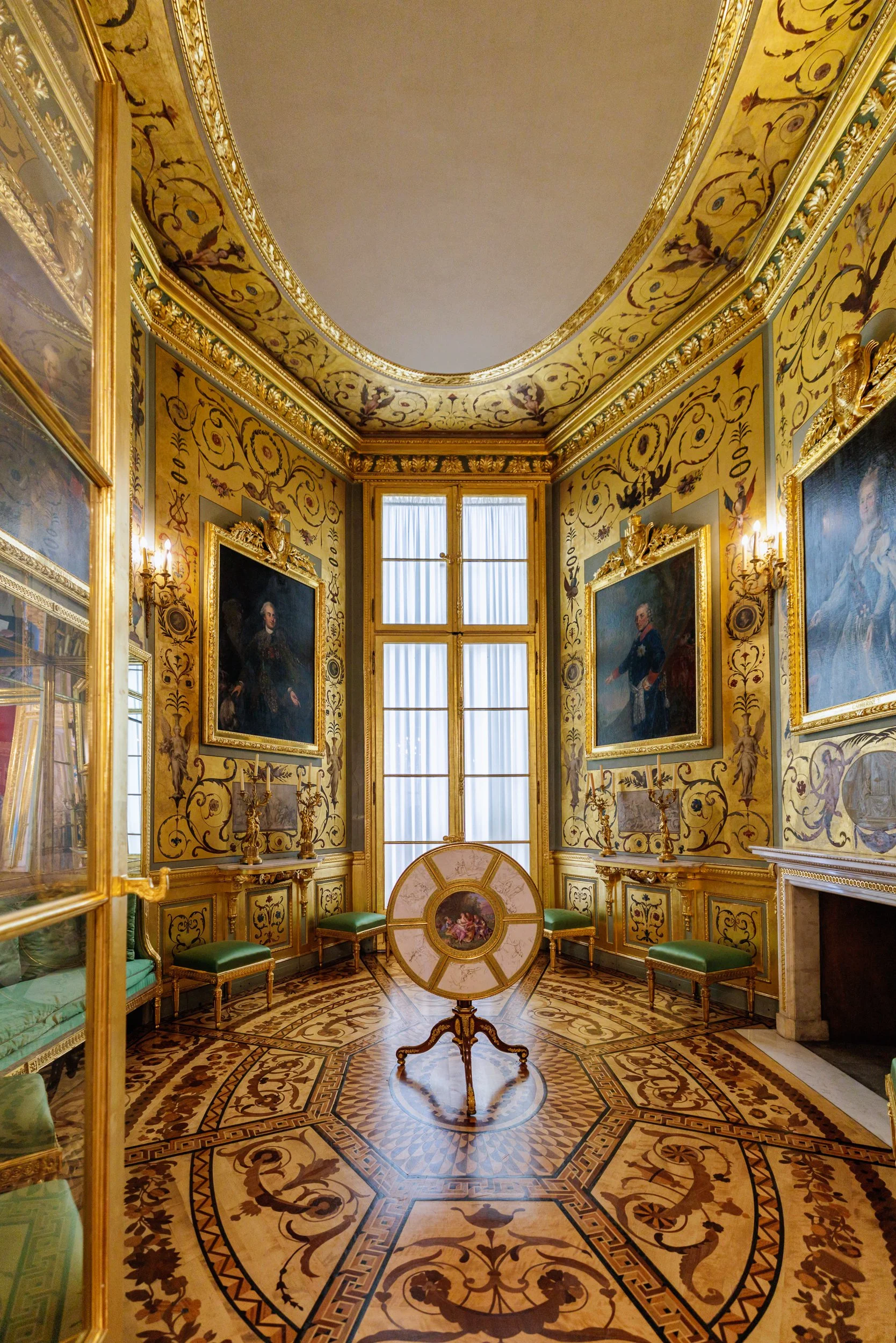Resurrecting a Nation’s Memory: My Visit to the Royal Castle in Warsaw
When I visited the Royal Castle in Warsaw, I was struck not only by the grandeur of its interior rooms but by the weight of history they carried. Gilded ceilings, restored frescoes, and polished parquet floors radiated an elegance that felt both authentic and improbable—especially knowing that everything I saw had been painstakingly reconstructed in the 1970s and 1980s, decades after the original interiors were destroyed during World War II.
The Royal Castle (Zamek Królewski w Warszawie), which stands at the entrance to Warsaw’s Old Town, has long embodied Poland’s national identity. For centuries, it served as the official royal residence and administrative heart of the Polish–Lithuanian Commonwealth. It was here, in 1791, that lawmakers adopted the Constitution of May 3—the first modern constitution in Europe, and the second in the world after that of the United States.
But by the end of the 18th century, Poland had lost its sovereignty. Through a series of three partitions, Russia, Prussia, and Austria carved up the territory, erasing Poland from the map of Europe for more than a century.
My father was born in 1916 in Kamyk, a village near Częstochowa—home to the revered Black Madonna. At the time, Poland did not exist as an independent country. Kamyk lay within the Russian Partition, a region ruled by the Russian Empire since the late 1700s. By 1916, however, the area was under German military occupation, following advances on the Eastern Front during World War I. Poland would regain its independence just two years later, in 1918, after the collapse of the partitioning empires.
In the years following the partitions, foreign rulers redesigned the Castle in neoclassical style. When Poland regained its sovereignty in 1918, the Castle became the official residence of the Polish head of state.
World War II brought devastation. German planes bombed the Castle in 1939, and after the failed Warsaw Uprising in 1944, Nazi forces deliberately destroyed what remained. The Castle lay in ruins.
Under the postwar communist regime, reconstruction was delayed. But in time, rebuilding the Castle became both a political and cultural act of defiance. Polish citizens contributed funds. Historians, architects, and artisans turned to prewar drawings, paintings, and photographs to guide the work. Between 1971 and 1984, the Castle rose again—rebuilt atop its surviving cellars, foundations, the adjacent Copper-Roof Palace, and the Kubicki Arcades.
Today, the Royal Castle is not just a museum; it is a monument to what was lost—and to what was recovered. It houses one of Poland’s most important collections of national and European art. In 1980, UNESCO recognized both the Castle and Warsaw’s Old Town as a World Heritage Site. And in 2024 alone, over 2.14 million people visited—making it one of the most visited art museums in the world.
In this post, I’m sharing some of my photographs from the visit. They can only begin to convey the resilience and pride that the Royal Castle represents. But I hope they hint at the extraordinary determination of a people who refused to let their history be erased.







